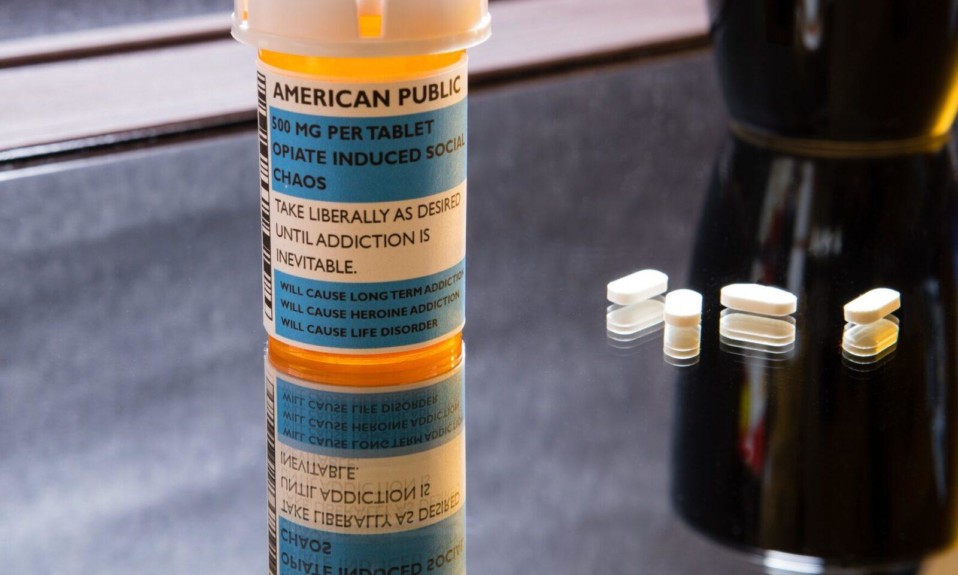New tech initiative aims to help clinicians monitor patients’ leftover medications, potentially reducing surplus and illicit opioid use
By Jason Langendorf
As the opioid epidemic has crystallized into one of the worst public health crises in modern American history, a key challenge has been how to track leftover prescription opioid medications. Recently, researchers conducted a study using a simple opioid tracking technology they hope will help lead to a reduction in surplus prescription opioids still in circulation.
In a case study published in the March 2021 edition of NEJM Catalyst, a multidisciplinary group at the University of Pennsylvania Health System created an automated text messaging program to be tested on postoperative patients who were prescribed opioid pain relievers. The goal: connect with patients at set intervals to monitor their post-surgery pain levels and opioid medication intake to collect data that can help clinicians better pinpoint patient prescription needs in the future.
Our goal is to treat our patients well while not overprescribing.”—Brian Sennett, M.D., study co-author, chief of Sports Medicine and associate professor of Orthopaedic Surgery, Penn Medicine
“Our system works as a quality improvement mechanism and a way for providers to see trends in patient-reported pain and opioid use following their surgeries,” said the study’s lead author, Anish Agarwal, M.D., an assistant professor of Emergency Medicine. “We can collect the data, analyze it and inform future prescribing to predict and meet the needs of our patients going forward.”
How the Opioid Tracking Study Worked
In the study, participants were sent automated texts soliciting answers to questions about their pain levels, ability to manage the pain and their use of prescription opioids on days 4, 7, 14 and 21 after their procedure. Although that feedback was central to the program, the study also revealed a high participation and response rate—encouraging results that suggest similar projects, perhaps of larger scope in opioid tracking technology, could help clinicians modify prescription levels and keep opioids out of the hands of those they aren’t intended for.
“As orthopedic surgeons, we are always concerned that we will not provide enough medicine to care for our patients’ post-operative pain. In the past, it was truly a calculated guess erring on the side of not underprescribing,” said study co-author Brian Sennett, M.D., the chief of Sports Medicine and an associate professor of Orthopaedic Surgery at Penn Medicine. “Our goal is to treat our patients well while not overprescribing.”
Because research suggests that in the case of most non-prescribed use of opioid medications, the substance is obtained through family or friends, reducing and disposing of excess opioids has become a priority of advocates.”
The study, involving more than 1,100 patients, found that about 61% of the opioid tablets prescribed to participants went unused, more than 10,000 pills. Those figures are consistent with a 2015 survey conducted by Johns Hopkins Bloomberg School of Public Health, which found that 61.3% of people with leftover pain medication did not dispose of it.
Because research suggests that in the case of most non-prescribed use of opioid medications, the substance is obtained through family or friends, reducing and disposing of excess opioids has become a priority of advocates. The U.S. Food and Drug Administration (FDA) offers recommendations for the return or disposal of unused medications, and it even maintains a flush list detailing which medications can be safely flushed down the toilet. The Drug Enforcement Administration (DEA) manages a public search page that can help you find the controlled substance public disposal locations nearest you.
“We know that the opioid epidemic has struck the nation in many ways,” Agarwal said. “One of the key areas to address is reducing the amount of leftover opioid pills in the community, which pose a risk to individuals, families and children.”













